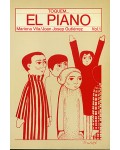
No products
Prices are tax included
Product successfully added to your shopping cart
There are 0 items in your cart. There is 1 item in your cart.
- English
- Castellano
- Català
Engruna - Genisenca - La font de l'avellana
DE681
Engruna (Crumb) is a short piece for piano that is simple but nevertheless the piece is interesting for its harmonies. Genisenca and La font de l’avellana, rather than two sardanas for piano, these pieces strike one more as two scripts in piano form for later transformation into cobla arrangements.
| Period | 20th c. |
| Instruments | piano |
| Pages | 16 |
| Time | 12 min. |
| Contents | score |
| ISMN | 979-0-3502-0491-3 |
| Price of print edition | 12,50€ |
| Others | Martirià Borja (comments and revision) |
| Edition | Digital |
Engruna (Crumb) is a short piece for piano that is simple and even didactic in nature, very much in line with those written by Salvat’s contemporaries, such as Lamote de Grignon, Blancafort or even Enric Morera. Date of composition unknown.
Despite this simplicity, however, the piece is interesting for its harmonies. Although the main key is G Major, the piece is developed with a modal and lyrical feel, which is accentuated in the second theme, in B Minor, using ostinato.
Genisenca and La font de l’avellana, rather than two sardanas for piano, these pieces strike one more as two scripts in piano form for later transformation into cobla arrangements. This explains why some passages are not playable by the piano as written and why, for this reason, we have proposed alternative solutions, indicating clearly which notes can be left out.
The score for Genisenca does not include a composition date, but it does read ‘Heading: Impression’. This means that this sardana may well have been entered into a contest, since this kind of competition often used to have this kind of theme.
La font de l’avellana has no date of composition indicated either, though it is documented that it was broadcast on 18 February 1931 by Unión Radio Barcelona, played by Cobla Barcelona and led by Albert Martí. Besides locating it in time, this information would seem to confirm that there is in fact a version of this sardana arranged for cobla formations.
The title of the work, which literally translates as the ‘Fountain of the Hazelnut’, makes reference to the site of the same name; a fountain much visited by hikers at the time located in Rubí, Vallès Occidental region, close to the Can Roig farmstead.

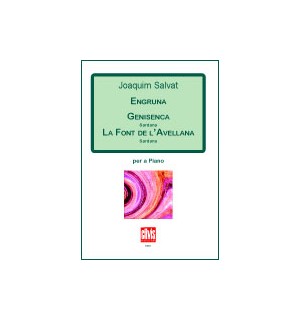




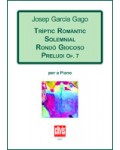
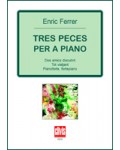
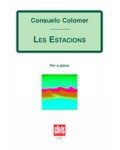
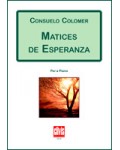
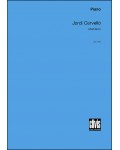
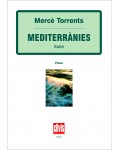
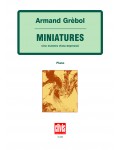
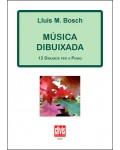
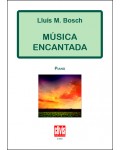
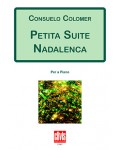
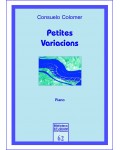
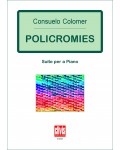
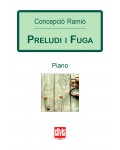
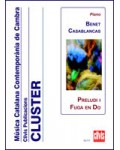
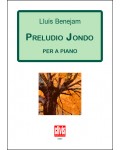
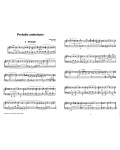
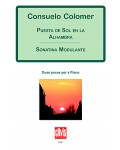
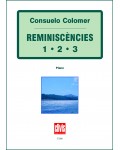
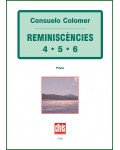
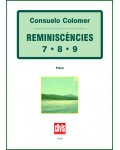
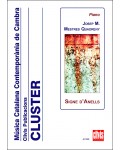
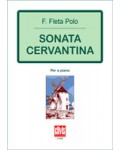
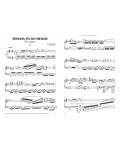
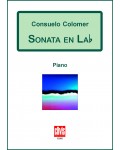
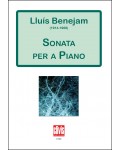
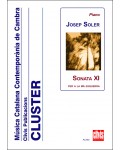
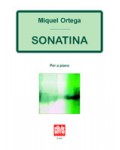
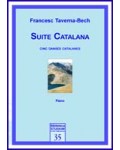
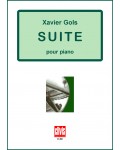
![Tema amb [4] variacions](https://www.clivis.cat/1964-home_default/tema-amb-variacions.jpg)
![Tema amb [10] variacions](https://www.clivis.cat/1709-home_default/tema-amb-variacions.jpg)
